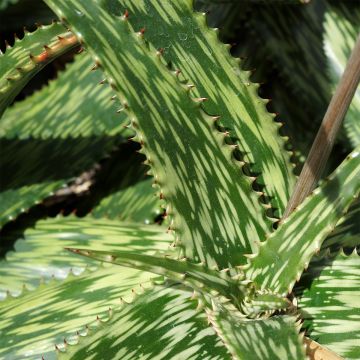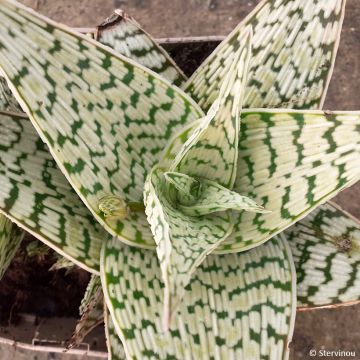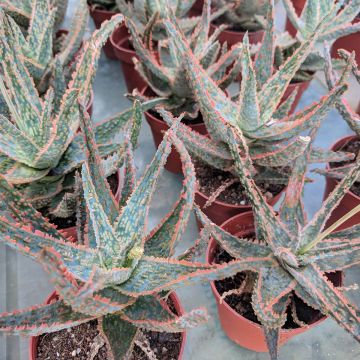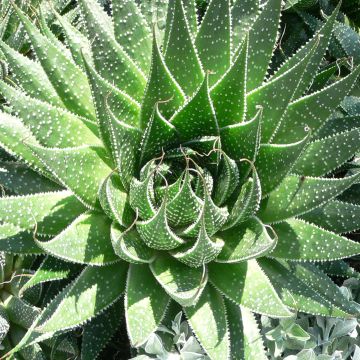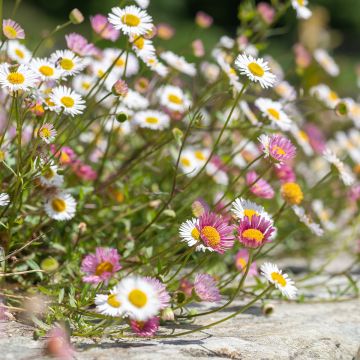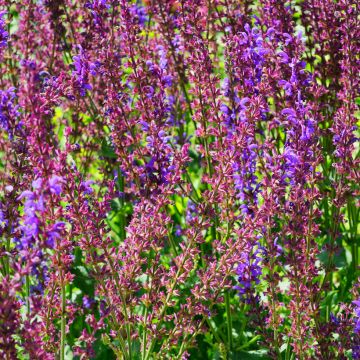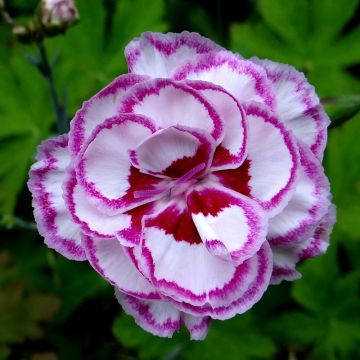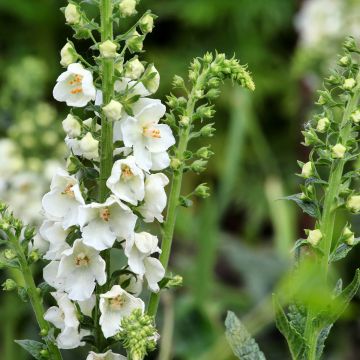

Aloe Safari Sunrise
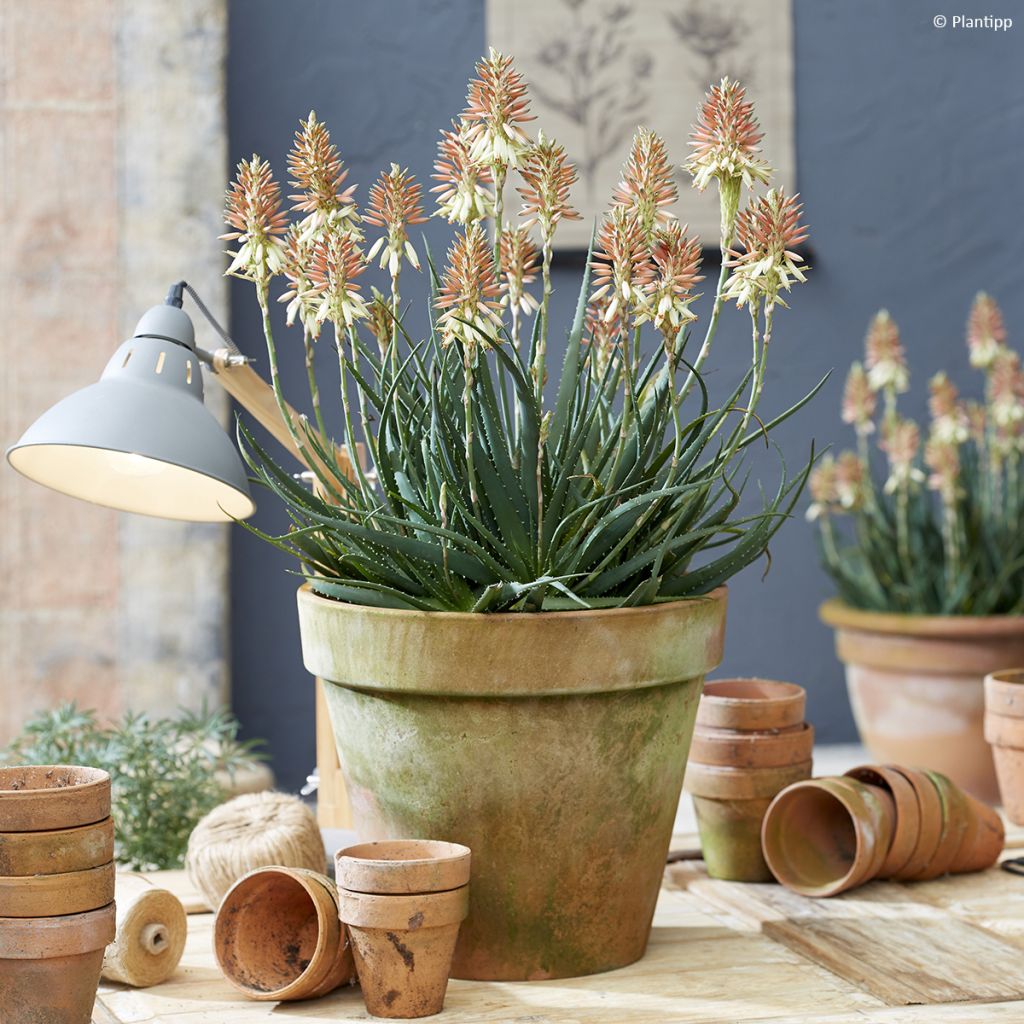

Aloe Safari Sunrise
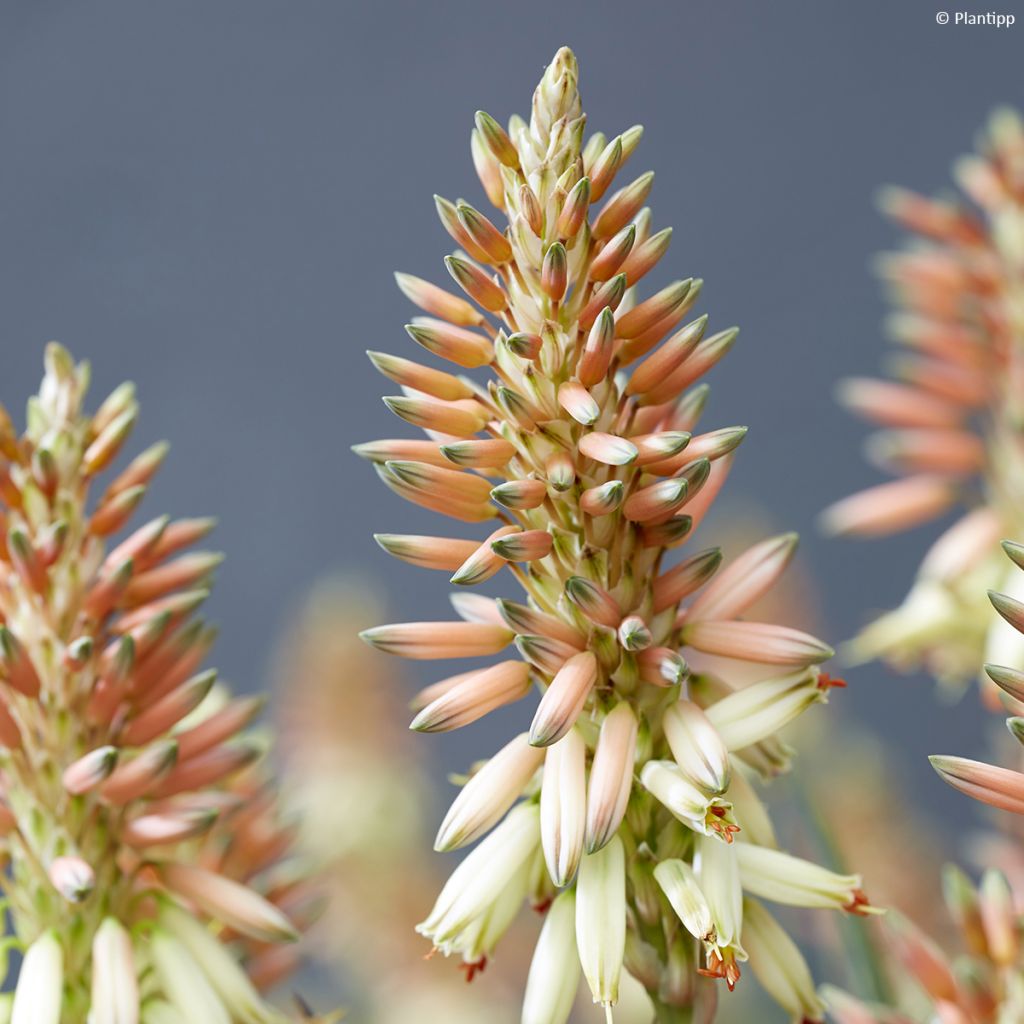

Aloe Safari Sunrise


Aloe Safari Sunrise
Aloe Safari Sunrise
Aloe Safari Sunrise
Aloès hybride
This item cannot be shipped to the selected country
Delivery charge from €5.90
Delivery charge from €5.90
More information
Schedule delivery date,
and select date in basket
This plant carries a 12 months recovery warranty
More information
We guarantee the quality of our plants for a full growing cycle, and will replace at our expense any plant that fails to recover under normal climatic and planting conditions.
From €5.90 for pickup delivery and €6.90 for home delivery
Express home delivery from €8.90.
From €5.90 for pickup delivery and €6.90 for home delivery
Express home delivery from €8.90.
Does this plant fit my garden?
Set up your Plantfit profile →
Description
The Aloe 'Safari Sunrise' is a succulent that forms a beautiful rosette of dark green, evergreen, and tapering leaves with small teeth. In late winter, it produces upright flower stalks for 2 months, with tube-shaped flowers that start off cream, then turn salmon orange, and finally coral. It is not very hardy and is best suited for mild climates, but it also grows well in pots.
Aloes belong to the Asphodelaceae family. They are plants native to dry areas with (sub)tropical climates, with tapering triangular leaves, adorned with pointed teeth, and succulent: they store water as a thick gel, which allows them to withstand water scarcity. Aloe vera is well-known, used for centuries for its numerous dermatological properties (and extensively employed in cosmetics), but the genus comprises more than 500 species, mostly found in the southern part of the African continent.
The Aloe 'Safari Sunrise' is a recent variety, bred in South Africa in 2006. It belongs to the Safari series, which resulted from a long hybridisation program initiated in the 70s with the aim of obtaining compact, floriferous, and vigorous offspring. It perfectly meets these expectations as it forms a dense and bristly rosette, 30 cm (12in) in diameter, with many narrow leaves of a slightly greyish green. After a few years, lateral shoots appear, allowing the plant to spread or multiply without difficulty. In late winter, between February and April (later than most aloes), each rosette produces numerous 30 cm (12in) tall stems, each bearing a cluster of tubular flowers. The bud is cream beige, then turns salmon orange before finally becoming coral, in a very beautiful "savannah" colour scheme that gives this series of varieties its name. The flowering lasts for more than 2 months under good conditions.
The Aloe 'Safari Sunrise' is a resilient plant, capable of enduring periods of drought. However, it is not very hardy and will perish if exposed to temperatures below -5°C (23°F). Otherwise, its cultivation is quite simple: choose a very well-draining substrate, sandy or gravelly, in semi-shade or full sun. The spread-out roots do not like to be disturbed once in place. A very poor soil will decrease flowering, but a too-rich soil would make the plant susceptible to diseases. A mineral mulch will help limit evaporation while ensuring good drainage. The only maintenance required is to cut off dry flower stalks in late spring. It is possible for the plant to be infested with scale insects. In such cases, it is preferable to use black soap or a cotton swab if the infestation is limited, but the operation will need to be repeated.
Its compactness makes it an excellent choice for container cultivation: during winter, store it in a cold greenhouse or a well-lit conservatory. In spring, gradually expose the plant to prevent sunburn.
Pair your aloe with other plants from similar environments, such as Agapanthus, Kniphofia rooperi, Cylindropuntia imbricata, the rare Dietes bicolor, a cousin of the iris, or with a carpet of Delosperma 'Wheels of Wonder Fire' as ground cover; and of course, with other Aloes like A. aristata.
Report an error about the product description
Aloe Safari Sunrise in pictures






Flowering
Foliage
Plant habit
Botanical data
Aloe
Safari Sunrise
Asphodelaceae
Aloès hybride
South Africa
Other Aloe
Planting and care
The Aloe 'Safari Sunrise' is planted in spring, around the month of April. Mainly grown in pots, it is also possible to cultivate it in open ground in regions with mild winters or under shelter. It thrives in poor but well-drained soil.
In a pot: Take a sufficiently wide terracotta pot as the Aloe 'Safari Sunrise' develops shallow but horizontal roots. Fill the bottom with rocks or clay pellets to facilitate drainage. Add a mixture of 1/3 compost, 1/3 sand, and 1/3 garden soil. Plant the aloe and top p the pot with the mixture, compacting it. Place the pots in full light, behind a window for example. Water regularly (once a week during the growing season, otherwise once a month), but sparingly as the plant is sensitive to excess water. The aloe prefers temperatures ideally between 18 and 21°C (64.4 and 69.8°F). During the warmer months, place the pots outdoors, initially for one to two weeks in partial shade, then in the sun to gradually acclimatise them. However, avoid direct sunlight, as it causes the leaves to yellow. Bring the pots indoors at night if the temperatures are cool. Similarly, as winter approaches, place the pots indoors before the first frosts. Plan to repot the plant every 3 years or so.
In open ground: choose a location where water does not stagnate, as the aloe is sensitive to excess water. It will appreciate a fairly rocky, well-drained soil, ideally on a slope. Dig a hole about 3 times the volume of the root ball, wide enough as it develops shallow but horizontal roots. Place a layer of gravel at the bottom, then cover with compost. Place the root ball, cover with soil, and compact. If planting multiple root balls, space them 40 cm (16in) apart in all directions. Remove the flower spike after flowering.
Suckers will gradually appear around the plant, which you can transplant into pots.
Planting period
Intended location
Care
-
, onOrder confirmed
Reply from on Promesse de fleurs
Mediterranean perennials
Haven't found what you were looking for?
Hardiness is the lowest winter temperature a plant can endure without suffering serious damage or even dying. However, hardiness is affected by location (a sheltered area, such as a patio), protection (winter cover) and soil type (hardiness is improved by well-drained soil).

Photo Sharing Terms & Conditions
In order to encourage gardeners to interact and share their experiences, Promesse de fleurs offers various media enabling content to be uploaded onto its Site - in particular via the ‘Photo sharing’ module.
The User agrees to refrain from:
- Posting any content that is illegal, prejudicial, insulting, racist, inciteful to hatred, revisionist, contrary to public decency, that infringes on privacy or on the privacy rights of third parties, in particular the publicity rights of persons and goods, intellectual property rights, or the right to privacy.
- Submitting content on behalf of a third party;
- Impersonate the identity of a third party and/or publish any personal information about a third party;
In general, the User undertakes to refrain from any unethical behaviour.
All Content (in particular text, comments, files, images, photos, videos, creative works, etc.), which may be subject to property or intellectual property rights, image or other private rights, shall remain the property of the User, subject to the limited rights granted by the terms of the licence granted by Promesse de fleurs as stated below. Users are at liberty to publish or not to publish such Content on the Site, notably via the ‘Photo Sharing’ facility, and accept that this Content shall be made public and freely accessible, notably on the Internet.
Users further acknowledge, undertake to have ,and guarantee that they hold all necessary rights and permissions to publish such material on the Site, in particular with regard to the legislation in force pertaining to any privacy, property, intellectual property, image, or contractual rights, or rights of any other nature. By publishing such Content on the Site, Users acknowledge accepting full liability as publishers of the Content within the meaning of the law, and grant Promesse de fleurs, free of charge, an inclusive, worldwide licence for the said Content for the entire duration of its publication, including all reproduction, representation, up/downloading, displaying, performing, transmission, and storage rights.
Users also grant permission for their name to be linked to the Content and accept that this link may not always be made available.
By engaging in posting material, Users consent to their Content becoming automatically accessible on the Internet, in particular on other sites and/or blogs and/or web pages of the Promesse de fleurs site, including in particular social pages and the Promesse de fleurs catalogue.
Users may secure the removal of entrusted content free of charge by issuing a simple request via our contact form.
The flowering period indicated on our website applies to countries and regions located in USDA zone 8 (France, the United Kingdom, Ireland, the Netherlands, etc.)
It will vary according to where you live:
- In zones 9 to 10 (Italy, Spain, Greece, etc.), flowering will occur about 2 to 4 weeks earlier.
- In zones 6 to 7 (Germany, Poland, Slovenia, and lower mountainous regions), flowering will be delayed by 2 to 3 weeks.
- In zone 5 (Central Europe, Scandinavia), blooming will be delayed by 3 to 5 weeks.
In temperate climates, pruning of spring-flowering shrubs (forsythia, spireas, etc.) should be done just after flowering.
Pruning of summer-flowering shrubs (Indian Lilac, Perovskia, etc.) can be done in winter or spring.
In cold regions as well as with frost-sensitive plants, avoid pruning too early when severe frosts may still occur.
The planting period indicated on our website applies to countries and regions located in USDA zone 8 (France, United Kingdom, Ireland, Netherlands).
It will vary according to where you live:
- In Mediterranean zones (Marseille, Madrid, Milan, etc.), autumn and winter are the best planting periods.
- In continental zones (Strasbourg, Munich, Vienna, etc.), delay planting by 2 to 3 weeks in spring and bring it forward by 2 to 4 weeks in autumn.
- In mountainous regions (the Alps, Pyrenees, Carpathians, etc.), it is best to plant in late spring (May-June) or late summer (August-September).
The harvesting period indicated on our website applies to countries and regions in USDA zone 8 (France, England, Ireland, the Netherlands).
In colder areas (Scandinavia, Poland, Austria...) fruit and vegetable harvests are likely to be delayed by 3-4 weeks.
In warmer areas (Italy, Spain, Greece, etc.), harvesting will probably take place earlier, depending on weather conditions.
The sowing periods indicated on our website apply to countries and regions within USDA Zone 8 (France, UK, Ireland, Netherlands).
In colder areas (Scandinavia, Poland, Austria...), delay any outdoor sowing by 3-4 weeks, or sow under glass.
In warmer climes (Italy, Spain, Greece, etc.), bring outdoor sowing forward by a few weeks.


































